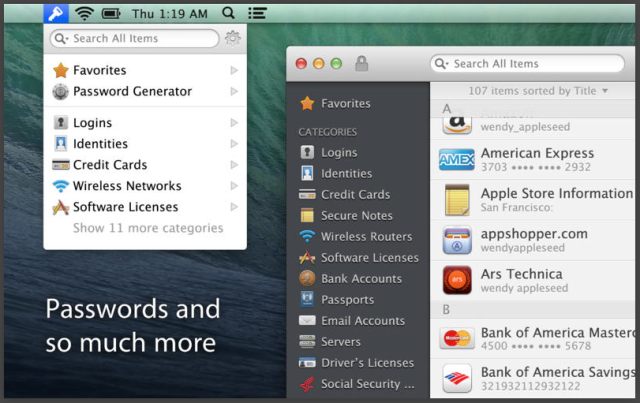Cloudkit Login Page [used To Setup Icloud Sync In 1password For Mac
You've probably seen 1Password's blog post I looked at their AgileCloudSDK repo, and this is the most likely thing I found: CloudContainerNameKey in I tried changing the name of the CloudKit container in my developer account Certificates, IDs & Profiles, but it has no effect on the sign-in window. Nor could I find anything helpful in the CloudKit Catalog source code On the CloudKit.configure documentation page, there's a tantalizing sentence: To customize the sign in and sign out buttons, add signInButton and signOutButton keys to the auth dictionary.


But I couldn't find anything more about this. Your best bet might be to contact support+agilecloudsdk@agilebits.com good luck! Thanks for the example. I've been trying to get an Android app working that basically contains the same capabilities that this web app has.
I've created a WebView and loaded an HTML file the includes the cloud kit JS api, my javascript file with code from this example and places for the sign-in and sign-out buttons buttons to go. I am able to fetch the data from the public database and display it in a TextView.
The javascript code you provide in the example works fine for me except when I run the setUpAuth method. It causes the Apple sign in button to appear in my app. However, when I press this button a new instance of Chrome mobile opens with the Apple sign in page. Then when I go to sign-in with my Apple ID the page goes to sign-in and just hangs indefinitely. Because of this, I can't gain the authentication needed to make any changes to the public container from my app. Is Apple blocking sign-in requests from mobile browsers?

Cloudkit Login Page Used To Setup Icloud Sync In 1password For Mac Free
Is there some workaround I can use, maybe another way to get a user authenticated so can make changes to a public container? Or is authentication from an Android app using CloudKit JS just not possible yet?